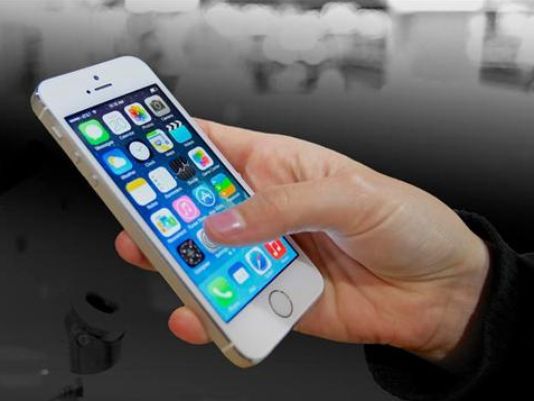The Civil Air Patrol’s (CAP) National Cellular Forensics Team partook in its 1,000th mission recently, ending just as hundreds of them before did — in a “save.”

The Air Force Rescue Coordination Center (AFRCC) notified CAP to contact the U.S. Coast Guard (USCG) about a missing boater who went kite surfing slightly south of Naples, Florida. After reviewing the boater’s cell phone data, it was evident that the phone was stationary near Coconut Island, Florida, approximately 15 miles from where the USCG was searching. After being directed by the CAP, the USCG found the missing boater 20 minutes into looking.
The boater was stranded on an island located at the tip of Marco Bay when the tide went out. Although his phone lost power and died, the cellular forensics team was able to locate exactly where he was. At 3 a.m. Eastern Time, the boater was found in acceptable condition.
As we can see, it’s evident that harnessing data from smartphones can prove useful. While several people are concerned with the idea that the government can track our cell phones and use it against us, it may be more beneficial than we think. If experts have the tools to analyze and deliver new insights, having control over data and cell phones has the ability to save multiple lives.
The team has saved 310 lives and also helped to find nearly 400 since 2006. When the AFRCC sends out a request, the cellular forensics team searches for anyone who is missing with a cell phone. This can include boaters, hikers, anyone with pre-existing medical conditions, and pilots.
In 2016 alone, the Civil Air Patrol saved 92 lives, with the forensics team playing a significant role in almost all of the rescues.
“CAP is saving more lives annually, providing regular support across the country and reducing the time until survivors are located while also reducing the resources needed to accomplish searches — all great results,” John Desmarais, CAP’s director of operations, said in a company press release.
Advertisement
Learn more about Electronic Products Magazine





